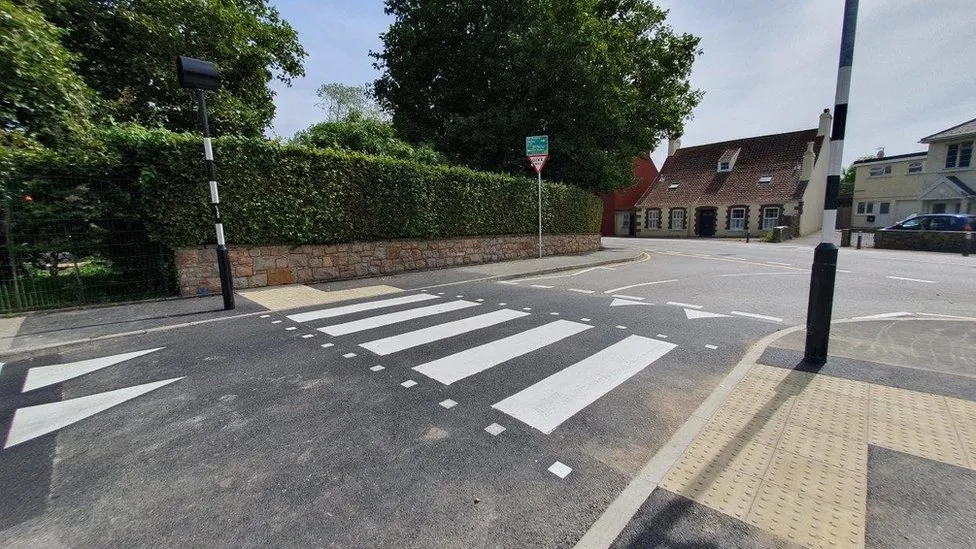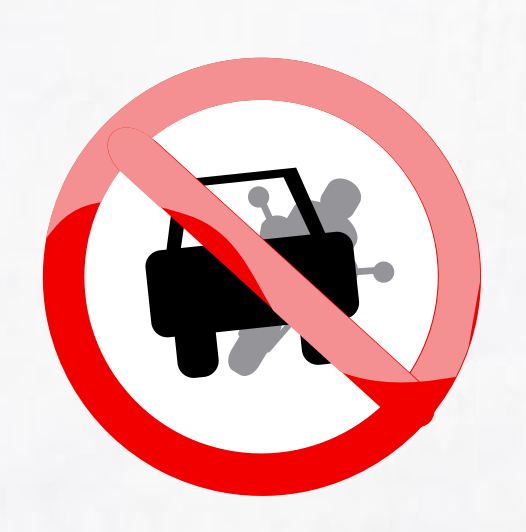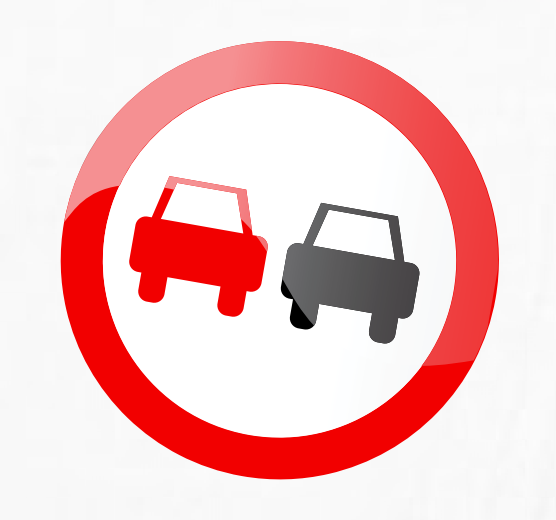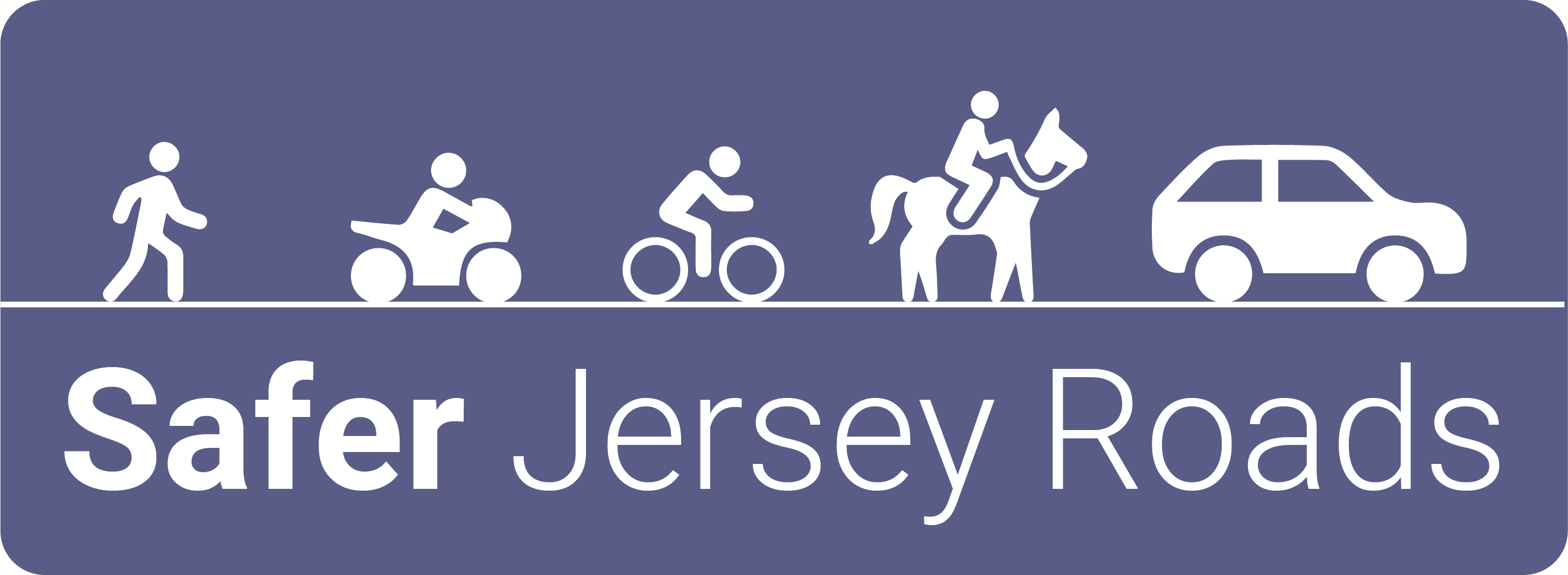Motorcycle Safety
Motorcycling is an exhilarating way to travel, but it comes with unique challenges and risks that demand vigilance and preparation.
On this page, you will find the 5 most common causes of collisions for motorcyclists, contact details for lessons whether you’re a new rider or returning after a break, guidance on what gear to wear for safety, and an overview of Jersey’s motorcycling laws.
5 Common Causes of Motorcycle Collisions
Riding a motorcycle requires not only skill but also a deep understanding of the potential hazards on the road. By recognising common collision scenarios and knowing how to respond, motorcyclists can significantly reduce their risk and ensure safer journeys.
Below are 5 common causes of motorcycle collisions:
1. Collisions at Junctions
These often result from a driver failing to give way at T-junctions, roundabouts, or other intersections. Drivers may be eager to join traffic and fail to spot a motorcycle in their path.
- Position yourself to be visible to drivers, particularly at intersections. If you can see the driver in their side-view mirror, they can see you too.
- Wear bright, contrasting protective gear or a fluorescent vest to make yourself more noticeable in busy or low-visibility conditions.
- Always ride with your dipped headlights on, even during daylight, to increase your chances of being spotted.

2. Shunts

These are usually down to riding too close to the vehicle in front, or the vehicle behind you being too close.
Remember:
- Leave plenty of room between you and the vehicle in front (2 seconds in dry conditions and 4 seconds in the wet, assuming good brakes and tyres)
- Be able to stop in the distance you can see to be clear
- If the vehicle behind is too close, give yourself more room in front.
Riding too close, or being closely followed, increases the risk of a collision significantly, especially in heavy traffic or unpredictable conditions. Always remain alert to the road and vehicle movements around you and adjust your speed and positioning to manage your space effectively and reduce risks.
3. Road Conditions
Part of the challenge of using a motorbike is adjusting your riding to deal with different road conditions.
Some examples that can lead to loss of control of the bike are:
- Poor weather conditions
- Painted road markings
- Diesel spills/ mud/ wet leaves
- Drain covers
- Potholes.
Look out for these and for road signs warning you of hazards ahead. There may be other clues to the presence of hazards; diesel spills, near building sites or mud from farm entrances.
Make sure your tyres are in good condition and at the correct pressure and always allow yourself the time and space to see what is ahead of you and take avoiding action.

4. Collisions while Overtaking

Overtaking involves two main challenges: passing stationary or slow-moving traffic and overtaking at speed. Both require judging speed and distance accurately and understanding your motorcycle’s acceleration.
Overtaking slow-moving or stationary traffic carries risks:
- Pedestrians may emerge unexpectedly
- Vehicles may turn suddenly or open doors without warning
- Heavy traffic can limit visibility, reaction time, and manoeuvrability, with drivers often unaware of your presence.
Riding in a driver’s blind spot or near large vehicles increases these dangers:
- Drivers may not check blind spots before changing lanes or turning
- Larger vehicles like SUVs or delivery vans can block you from view, making you seem to appear suddenly.
Avoid overtaking in high-risk areas, such as:
- Bends
- Junctions
- Lay-bys
- Pedestrian crossings
- Hills or dips in the road
- Double white lines.
Always ensure a clear view of your surroundings and never assume drivers will yield or react predictably—they may even accelerate. Avoid snap decisions, stay visible, and account for blind spots to reduce collision risks.
5. Parish Roads and Green Lanes
Parish roads and green lanes are different to those in town so we need to apply our skills, knowledge and ability in a different way. You have to consider many of these lanes will be used by children, families and tourists walking or on bikes.
Some bends on our lanes are smooth and even, opening up once you are into them, but others tighten up dramatically. If you have gone into a bend at too high a speed you will find yourself with a major problem. If the road gives you clues on how it bends then use them. You may see:
- the line of trees
- the path of telegraph poles
- hedges at the side of the road.
Take care and remember to have something in reserve in case things are not as they appear. If in any doubt, lose more speed before the bend so you have greater room for manoeuvring.

New to Riding or Returning After a Break?
Whether you’re a new rider or returning to motorcycling after a long break, consider undergoing training or refresher courses with the Jersey School of Motorcycling. These sessions can help build confidence and ensure you’re prepared for the challenges of the road.
Telephone
01534 747431
What You Should and Should Not Be Wearing
Wearing the right attire while riding a motorcycle is crucial for your safety and comfort. The gear you choose can protect you from serious injuries in case of an collisions and shield you from the elements while riding. This section outlines the essentials of what you should wear for maximum safety and performance, as well as what to avoid to ensure you’re properly equipped on the road:
- Helmet: This is the most important piece of protective gear a rider can wear. It protects against head injury, windblast, cold and flying objects. Full-face helmet is recommended.
- Gloves: Keep hands comfortable, functional and protected. Motorcycle gloves come in an infinite variety for all seasons and weather. Make sure you wear proper motorcycle gloves, even when the weather is hot. Make sure they offer extra protection to the palms and knuckles of your hands. If you are involved in an collision, the most likely thing you will do is put your hand down to save yourself. If you do not ensure you have the extra protection on your palms and knuckles, your hands will be seriously injured.
- Footwear: Boots provide protection against foot and ankle injuries. They also provide a good grip on foot pegs and road surfaces when you put your foot down. You should always wear footwear that will protect your feet and ankles – definitely not trainers, flip-flops or sandals.
- Eye and Face Protection: Any rider who’s been hit in the face by stones, insects or debris can tell you the benefits. Visors should be cleaned regularly and free of scratches, as these impede your vision. If you use a tinted visor during daylight, always change it to a clear visor for night riding.
- Clothing: Long sleeves and trousers protect against abrasion, sunburn, windburn, dehydration, and hypothermia. Light or reflective colours improve visibility. Invest in the best gear you can afford. While some riders wear t-shirts and shorts in summer, even a low-speed fall can cause serious injury. A good set of leathers, available in one or two-piece designs, offers excellent durability and abrasion resistance. Many robust jackets are waterproof, insulated for winter, and have removable linings for summer. They often include reflective material and built-in armour at key points like elbows, shoulders, and back for added safety. Protective trousers with built-in armour are also widely available.
Jersey Law
It’s important to ensure you are aware of Jersey Law when cycling on the island. Below are some of the key laws you should follow:
- You must follow the rules and obey all traffic signs as set out in the Jersey Highway Code
- Helmets: All motorcyclists, including those on mopeds, motor tricycles, and scooters, must wear helmets by law. This rule also applies to passengers
- Carrying Passengers: You can only carry a pillion passenger if you have a full driving licence for the type of motorcycle, moped, or scooter you are riding
- Light Motor Tricycles: If your vehicle weighs less than 500kg (unladen) and has a top speed over 30mph, you will need a P30 permit to ride it in Jersey
- Heavy Motor Tricycles: These vehicles are not allowed on Jersey’s roads
- Provisional Licences: If you hold a provisional licence from another jurisdiction, you cannot ride on Jersey’s roads
Source: Road Traffic (Jersey) Law 1956
